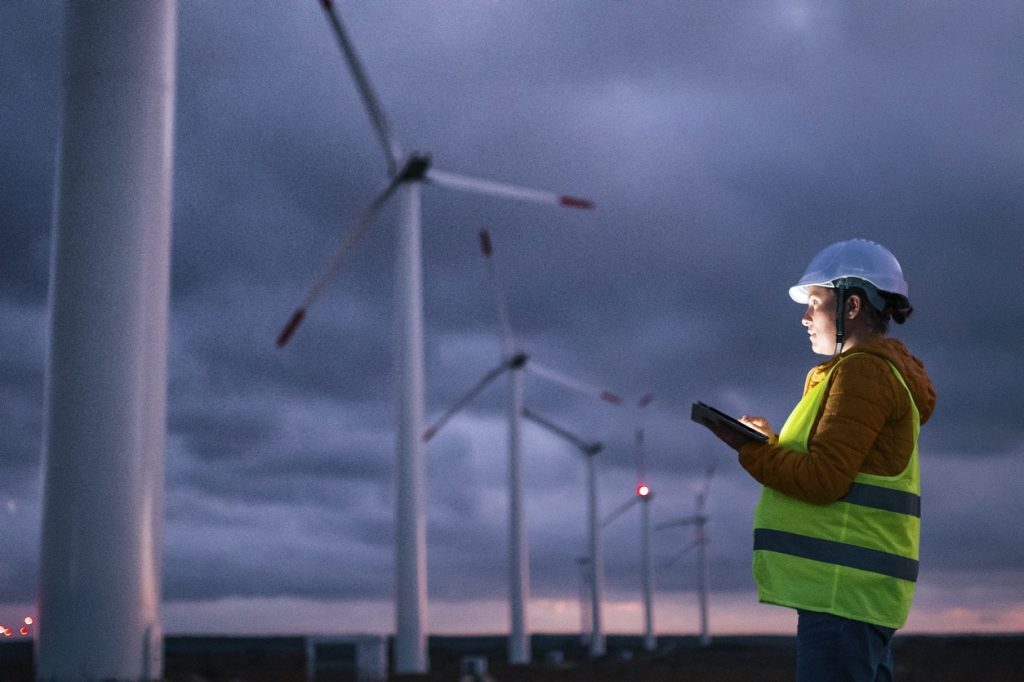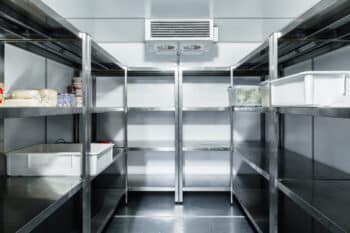It probably won’t come as a surprise to know that the construction industry chews through global resources and creates large amounts of pollution as a result. And despite the increase of environmental awareness over the last few decades, it’s only in the last 10 years that the construction industry has started following suit.
Climate change and the use of finite resources are now very real issues within the industry. And, accordingly, the pressure is on for construction firms to reduce the impact their work has on the environment. Thankfully, a flurry of ideas and approaches are improving the ways in which buildings are constructed.
Here, we’ll look at how sustainability intersects with the construction industry, how it can benefit future projects, and a selection of methods it can be incorporated into construction going forward.
What is sustainable construction?
Sustainable construction refers to the use of renewable and recyclable materials in the building of new structures, while also taking into consideration the reduction of waste and energy consumption. Through these approaches, the end results create a sustainable construction project that minimises negative effects on the environment.
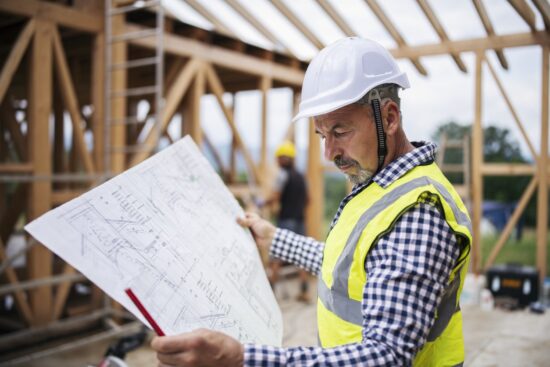
It’s an ongoing process, of course. Sustainable construction doesn’t just stop on a building’s completion.
As a result, the building’s design must include elements that reduce environmental impacts over the course of its entire lifespan. Examples of such elements can include insulation that prevents heat loss, solar panels to reduce energy consumption and using longer-lasting building materials.
To that end the design, construction, operation and even demolition phase of a sustainable project’s proposal must be considered.
Why is sustainable construction important?
Energy usage and emissions run rampant in the construction industry, causing massive damage to the environment as a result. For one, the heavy machinery used in construction relies largely on fossil fuels to power them. Inefficient electricity also adds to the burning of fossil fuels as the energy supply line.
Fabricating the materials used in construction projects and then shipping them out contributes to carbon emissions too. The manufacturing of concrete has resulted in over 2.8 billion tonnes of CO2 alone. When you consider that four billion tonnes of concrete is poured every year, that 2.8 billion figure is only set to increase.
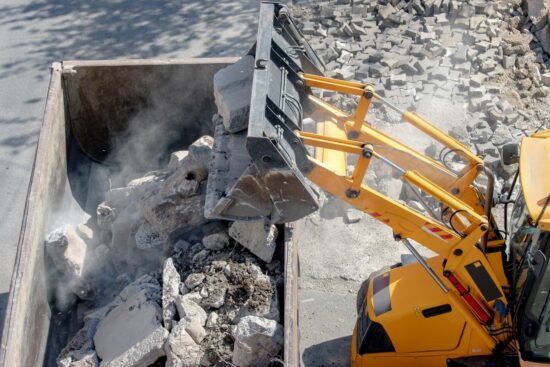
The creation of hazardous waste is another issue the construction industry must be mindful of. When this waste isn’t properly disposed of, it affects both the environment and the health of people living nearby too.
So, why is sustainable construction important? We think these numbers from the Supply Chain Sustainability School speak for themselves…
Building and construction works in countries part of the Organisation for Economic Co-operation and Development use:
- 24-40% of total energy
- 30% of raw materials
- 30-40% of global greenhouse gas emissions
- 30-40% of solid waste generation
What are the benefits of sustainable construction?
Beyond the obvious environmental advantages, a more sustainable approach to construction can also provide the following benefits.
Increased building value
Sustainable construction may involve higher upfront costs, but given the results, it’s certainly a worthy investment. It’s been shown that green buildings enjoy a 7% increase in value when compared to buildings constructed with more traditional methods.
This improved value is clearly a good look. Construction firms can use this data in their future tenders and use the value to offset further costs incurred through sustainable construction.

Corporate Social Responsibility
As the awareness of sustainability grows, so too does Corporate Social Responsibility (CSR). CSR takes the view that businesses shouldn’t make decisions based solely on financial factors. Instead, they should take into account the social and environmental effects of their operations too.
The two are inextricably linked; sustainable construction means increased CSR for all involved, strengthening the reputation of building owners, businesses operating in the building itself and the construction firms responsible for its creation.
Lower costs
Sustainable constructions need fewer resources like water and energy to complete them, a fact that increases return on investment. However, businesses can start making savings as soon as things are completed.
For instance, because of the reduced waste involved in sustainable construction, organisations can significantly cut down on the amount they have to pay to waste management companies.
Improved health
For both employees and residents living around the area, sustainable buildings have an added health benefit. Things like paints, cleaning products and even certain carpeting can be harmful. By eschewing these elements in the construction phase, and opting for sustainable materials instead, such buildings can help with the purification of air.

Increased productivity
Sustainable buildings put more of an emphasis on employee health and wellbeing at the design phase. Somewhere that’s noisy and over-crowded can cause employees to become detached from their duties and increase absenteeism.
Buildings designed with the employee in mind that are furnished with open spaces, quiet rooms, and adjustable workstations, on the other hand, make it easier to concentrate and complete tasks in.
How can construction be made sustainable?
Using more sustainable materials
Construction firms who are mindful of the materials they use in their projects can reap the benefits of improved sustainability. More environmentally friendly options include:
- Wood: Properly managed forests not only supply renewable material, but they also provide a biodiverse habitat for wildlife preservation.
- Plastic: Because it’s in such abundance, it’s easy to see why plastic is being used as a sustainable construction material. As a concrete replacement, reused plastic can reduce greenhouse gases and prevent landfills from growing out of control. And because it doesn’t degrade, it can create buildings that last much longer, with far less need for maintenance either.
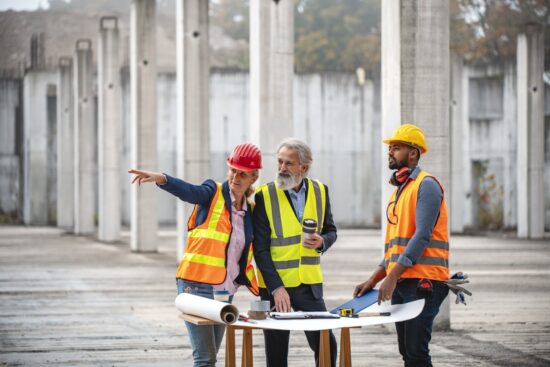
- Sustainable concrete: As we mentioned above, concrete production creates vast quantities of CO2 emissions. Alternatives made with plastic and other recyclables can practically half these emissions.
- Mud and wool bricks: Mud and wool sound like they might not be able to hold their own against traditional bricks, but that’s exactly what researchers from Seville and Spain found. The upshot? The need to use kiln fires to increase their strength (and create harmful emissions as a result) is completely removed from their production.
- Straw bales: Yes, even straw bales have made in-roads into sustainable construction, being used in place of concrete or plastic insulation. Its affordability helps to keep the cost of building materials down too.
Using renewable energy
Instead of guzzling through finite resources like fossil fuels, it makes more sense to leverage renewable energy to power the equipment used on construction sites. Increasingly, modular battery systems that recharge through solar panels are being used on site. Powering tools, vehicles, and security equipment, it’s said that they have the potential to offset one tonne of CO2 and 400 litres of diesel a week.

Get rid of paper at the planning stage
If you consider the number of blueprints, drawings and specs involved in a project’s planning stage, you and your team will get through a fair share of paper. As well as being more environmentally friendly, investing in construction management software can save you time, reduce physical waste and speed up production without costing the Earth.
Dispose of waste responsibly
As well as using more sustainable materials, you should make sure any waste you produce is disposed of in an environmentally responsible way. With things like shingles, lumber, concrete, gravel, glass, wiring and ductwork to contend with, such a large amount of waste needs to be properly recycled or reused.
Masonry can be reused in other construction projects, for instance. Plastic, glass, and metal waste can all be sent to any nearby recycling units. Lumber and plywood, meanwhile, can be converted into mulch or biomass fuel.
Need to complete that upcoming construction project? The team at InterFocus can help. For more information about our bespoke fitted labs, visit our homepage or call our team on 01223 894 833.
